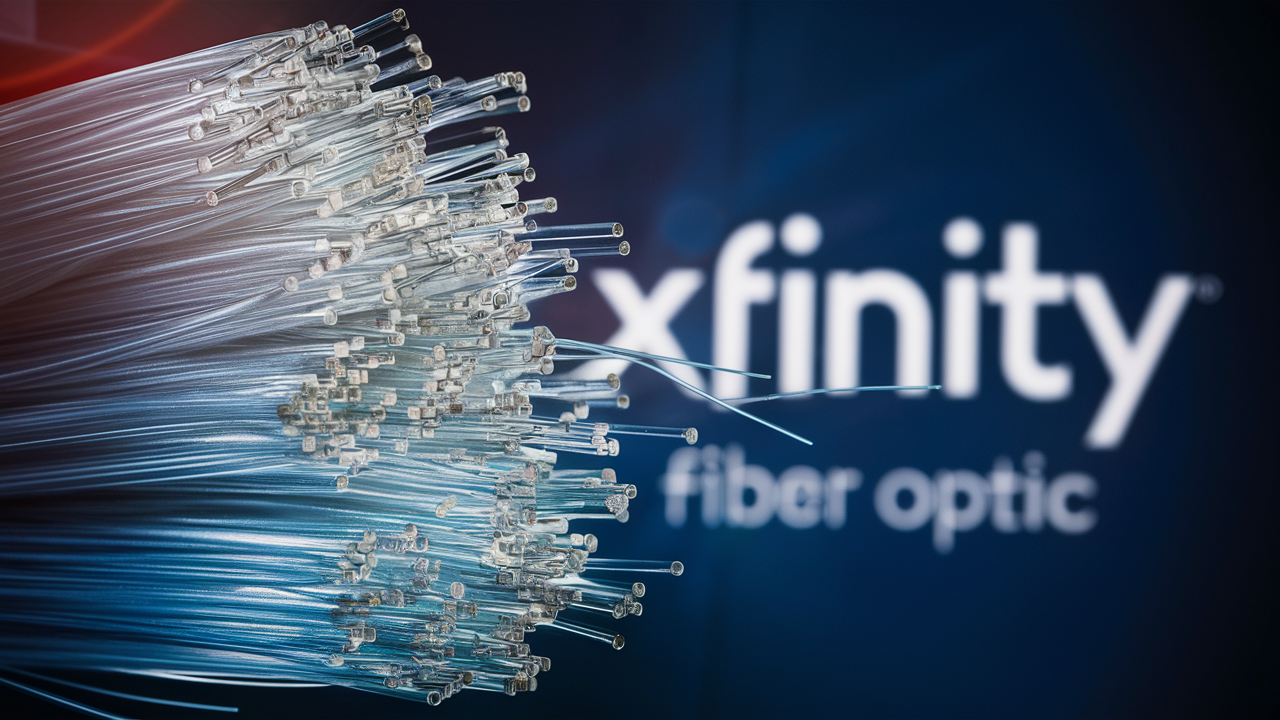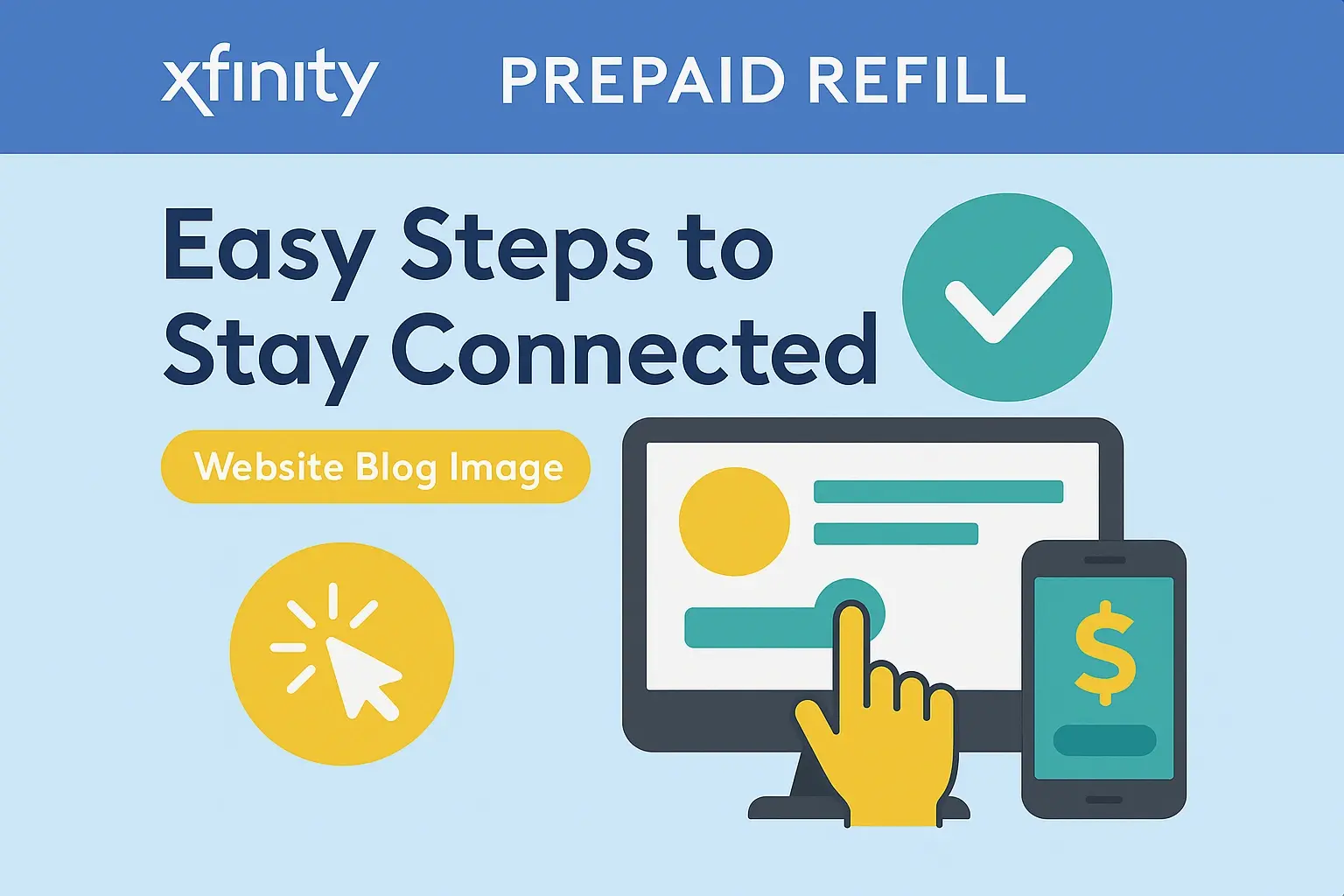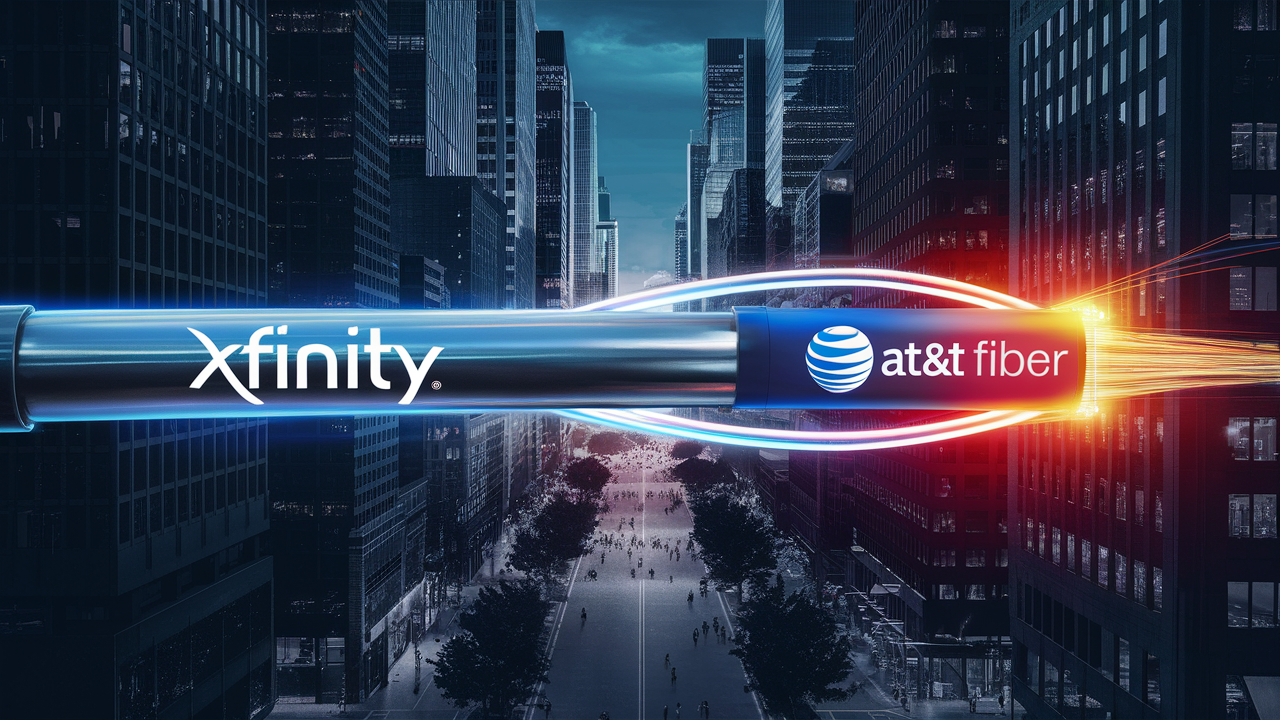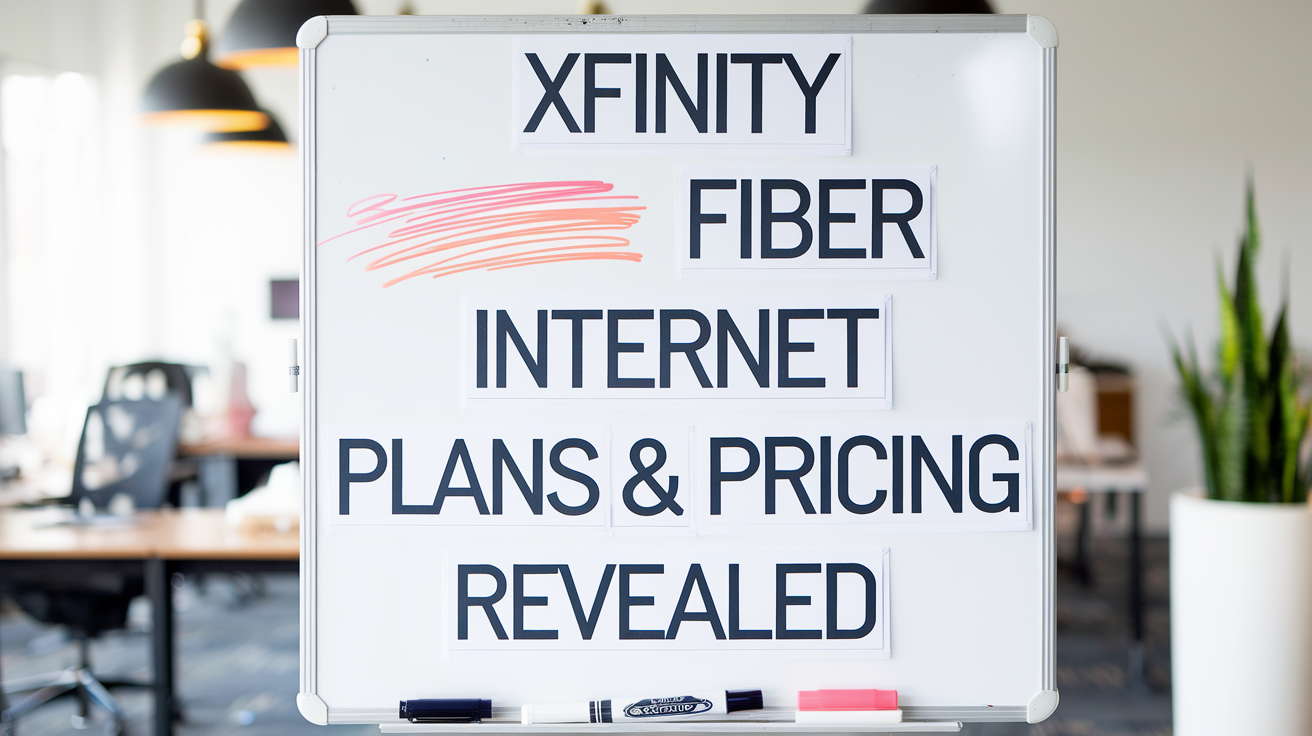Is Xfinity Fiber Optic?

Xfinity is one of the prominent cable and internet service providers in the United States that provides television, internet, telephone, and home security services to many customers in the United States. However, people are frequently unsure if Xfinity delivers fiber optic internet service or if it still utilizes traditional cable connections. Is Xfinity fiber optic as well? Let’s look at the diagram more closely.
What is Fiber Optic Internet all about?
Fiber optic internet is broadband internet access that is transmitted through optical fiber as opposed to coaxial cables as adopted by most cable companies. Fiber optic cables transmit data through the use of light instead of electricity; this ensures that internet speeds and bandwidth are very high.
Real fiber optic internet offers connections of up to 1Gbps or more. The main benefit of fiber internet is that it provides higher speed and lower latency than cable internet and is connected through a neighborhood node. Fiber is the internet connection that is the fastest and most capable of handling future growth from providers today.
Xfinity Network Technology
Xfinity relies on a fiber-coaxial platform that uses both fiber optic cables and conventional coaxial cables. In this network, the broadband network infrastructure comprises fiber optic cables. This backhaul transmits the information with rather high velocities, linking distant areas to some major zones.
The last link from the fiber network nodes to customers’ premises employs existing coaxial cable links. This is the same existing coaxial cable that has been used in transmitting cable television services to homes for many years. Hence, while Xfinity has quickly fibered up its backbone and regional hubs, the last mile is still largely dependent on cable.
One technology that Xfinity does use to the home in some locations is DOCSIS 3.1. DOCSIS 3.1 is the latest version of data over cable technology with the potential to deliver multiple gigabit per second speed. However, the current DOCSIS 3.1 top speed is around 4Gbps while fiber has the almost infinite possibility of speed after that.
Xfinity Fiber Offerings
However, in a limited number of locations, Xfinity offers pure fiber optic internet service delivery right up to the customer’s doorstep. This true fiber service comes with symmetrical multi-gigabit speed tiers up to 2 Gigabits. It is very scarce though, with fiber-to-the-home deployment still believed to be below 5% of the Xfinity national rollout plan.
On its website, the company divides fiber options from traditional cable options when searching by location. Hence, if at all there is a genuine offering of fiber-optic by Xfinity, it is separately branded. While the probability of this occurring is rather low, it is still possible to find fiber at a given address today. Far more popular are the gigabit cable speed plans that use DOCSIS 3.1 as the underlying technology.
So, the unsaid message here is that, while Xfinity is quickly migrating back-end connections to fiber, only a small percentage of customers can connect directly to fiber. Fiber-only buildouts are costly: where feasible, Xfinity overlays its vast cable network, relying on DOCSIS 3.1 enhancements for speed. In this regard, it is convenient to consider Xfinity as an improved cable service instead of real fiber.
Xfinity Compared to Other Providers
Internet availability should also be understood as the fact that it is different in various regions and places. Some key points when comparing Xfinity to competitors: Some key points when comparing Xfinity to competitors:
- Verizon Fios is the current largest American pure fiber optic company offering fiber-to-the-home service to more than 17 million locations in the Northeast and mid-Atlantic regions. Where available Fios provides equal upload and download speeds up to a very fast 940 Mbps.
- Google Fiber is available in very few metro areas and offers a maximum of up to 2 Gigabit symmetrical fiber connection only in a few locations such as Atlanta and Nashville. Expansion has come to a near standstill for the time being.
- Fiber connectivity could also be provided through municipal broadband fiber networks in some cities such as Chattanooga which provides internet connection at the speed of 10 Gigabits. But again, its availability is not widespread, especially in developing countries.
- Starlink and other Low-Earth orbit satellite internet service providers offer speeds comparable to fiber internet in most locations but they have limited coverage.
- Most DSL providers offer below-average and less consistent services especially where the cable/fiber services are available and at the same price bracket.
Therefore, although Xfinity is a step up from traditional DSL, true fiber optic speeds, availability, and reliability can often surpass Xfinity cable service. Verizon Fios stands as Xfinity’s biggest rival in the fibber niche. However, another cable provider within the same region can also offer better value in a given market than what Xfinity offers. It is especially wise to shop around and compare all your options.
The Bottom Line
In response to the initial question of whether Xfinity is a true fiber optic provider, it is crucial to note that, for most places, this company is still heavily involved in cable. But Xfinity is still investing in fiber backbones and employs other advanced technologies, including DOCSIS 3.1 to increase internet speeds for its clients.
Though they launch fiber speed tier names like “Gigabit Internet”, the majority of Xfinity internet plans still rely on coaxial cables instead of end-to-end fiber connection. Investments in fiber to improve the Xfinity network backbone have discussed benefits that are likely to enhance the performance for the customers in general. However, it will be quite common to get gigabit speeds over cable wires, rather than the actual fiber right to the premise.
Given the increasing demand for bandwidth in the upcoming years due to 4K streaming, video conferences, VR, and smart devices, fiber is the best future-proof solution. Xfinity increasing cable speeds remains as a stop-gap measure as the company and others wait for the day when fiber deployment will be possible. While this is rare, it is always good to check for its availability just in case that the provider is Xfinity Fiber. Otherwise, their cable network having fiber backhaul and DOCSIS 3.1 for last-mile offers a reasonable alternative to slower DSL. But true fiber it is not.
Ready to elevate your home entertainment? Call us now at +1 844-345-0888 to explore the best Xfinity plans for your home! Enjoy fast internet and premium TV options. Don’t wait—get connected today!





